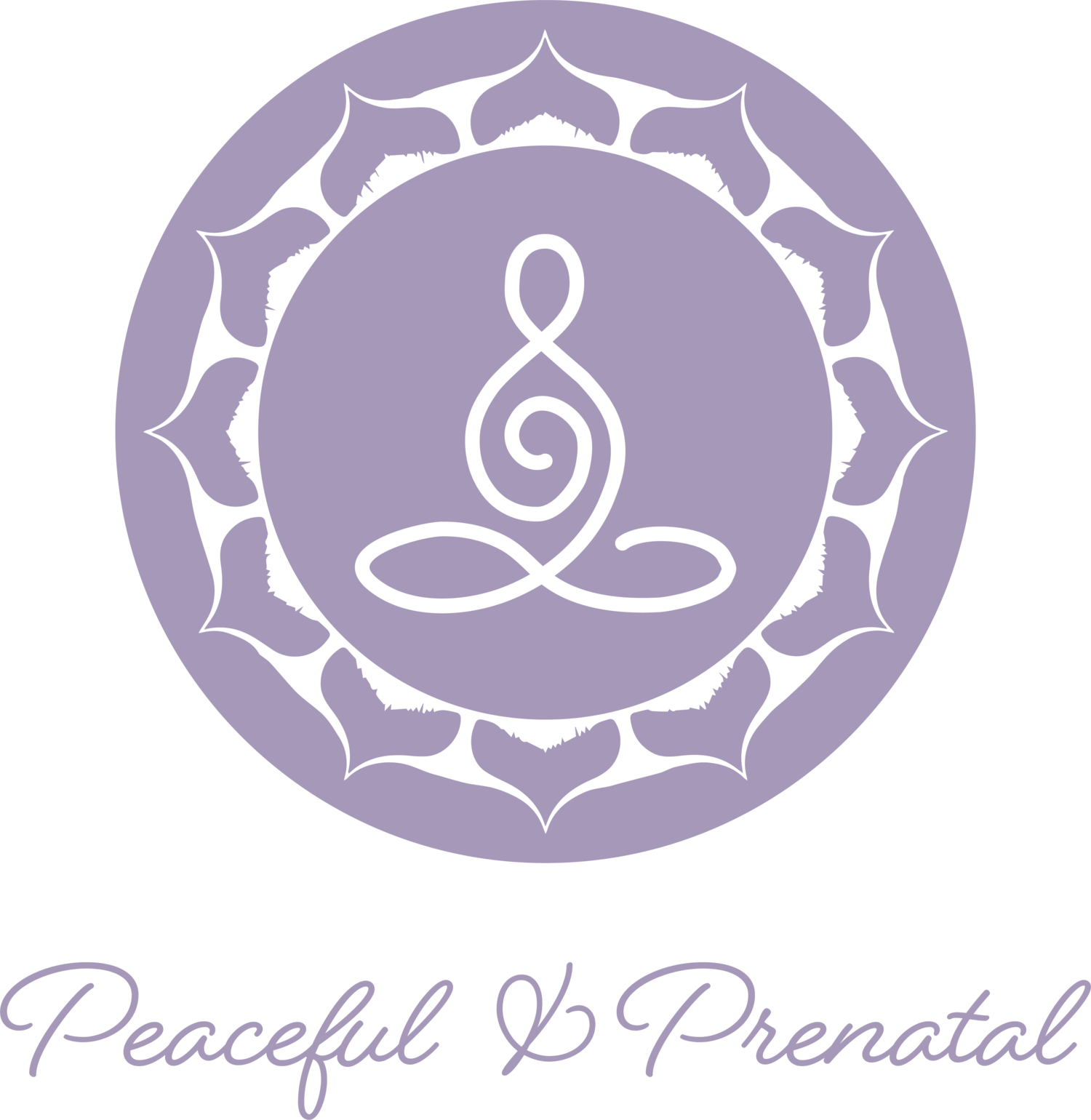The Effects Of Stress On Your Body
Did you know that stress can lead to physical symptoms in your body? While it’s easy to identify stressors in our mental space, it can be difficult to notice the stress that is stored in our body until we do a few things. There are multiple layers and ways this stress can be stored in the body, so let’s start on the outside.
Stress can be felt and seen in your skin.
Skin is the largest organ in the human body. Skin can show symptoms of stress through dryness, inflammation, and tightness. From a yoga perspective, there are a few ways we feel this when coming to the yoga mat. You might sit down for a class and notice a flake of skin, or even rub your hands on your skin and feel some dryness.
Especially as the skin stretches during pregnancy, it can feel tight. Using a lotion or oil to rub across your belly and other body parts, such as your arms or legs, can help to provide lubrication and hydration. You can turn this daily routine into a meditation by rubbing your hands in rhythmic movements across your belly.
Around 21 weeks of gestation, your baby is also able to sense your touch on the skin. Whether this is your first baby or your fifth, taking time to intentionally connect with your baby can help strengthen your bond to your body and your growing little one.
Not only will rubbing your body help with reducing dry skin, but it can also reduce inflammation in your body. During pregnancy, there is extra blood and fluid floating through your body, and physical touch can help to improve the circulation of your blood and lymphatic fluids. If you have not yet tried legs up the wall to reduce swelling in your body, learn about my favorite yoga pose for swelling.
Stress can be stored in your muscles.
When we move internally from our skin, we arrive at our muscles. This is where stress is often felt in the physical sense. The four most common places stress is stored in parents are in the neck/shoulders, jaw, hips, or pelvic floor. While these are the most common places, stress is not limited to these areas. Sometimes, muscle tension is caused by a specific event: rocking your toddler to sleep for 45 minutes while getting increasingly frustrated and clenching through your jaw. Other times, muscle tension is a symptom of repeated use of an area of the body.
In our yoga classes, stretches are always offered to lengthen the muscles. Two other parts of the class include improving muscle strength and using breath as fuel. Proper breathwork during pregnancy and postpartum will help to protect your pelvic floor while strengthening it, and help to release the muscles of the pelvic floor.
During pregnancy, the most common pain is low back pain. This can be from hormonal shifts, posture changes, or where your body is holding tension. Learning how to properly engage your core can help to reduce the pain due to physical changes. Learning when to inhale and exhale while moving will not only help you to engage muscles but also help you to release muscle tension.
When you go into labor, having the knowledge of how to use breathwork to reduce tension in your pelvic floor benefits both you and your baby. Your uterus is what contracts and pushes the baby down, which means the pelvic floor muscles need to move out of the way to let the uterus do it’s job. In turn, this can help baby get into optimal fetal positioning and make their descent.
Once baby joins you earthside, you might still feel tension in your lower body such as your back and hips, though most of that tension moves upwards into the jaw and shoulders. This can be caused by leaning forward to change diapers, feeding your baby, and rocking them to sleep. While this upper body tension is common, it is not something that you have to suffer through. Simple movements can help to release this tension
Creating a yoga toolbox.
When you use the tools of yoga, it can help reduce the amount of stress felt in and out of your body. Building this toolbox during pregnancy gives you options for yoga poses, breath work, and positive affirmations and practices to use as a preventive tool. Try these practices below the next time you need to release stress from your body:
Notice where you feel the tension: internally, externally, both?
Practice squeezing and releasing this body part. (ex: squeeze and then spread your fingers)
Inhale through your nostrils, and exhale through your mouth as if you were blowing out a candle.
Scan your thoughts to notice if this stress is necessary or if are you able to practice releasing it.
Practice yoga poses to help strengthen and lengthen the body parts that carry the most tension.
When you use the yoga philosophy of non-judgment, you practice noticing what you are feeling, rather than judging or guilting yourself for feeling that way. These tools can be used during pregnancy, labor, and into postpartum. During pregnancy, managing stress through movement and breathwork has been proven to help reduce high blood pressure. When in labor, tensing muscles, especially in the pelvic floor, work against the uterus’ job of pushing baby down. In postpartum, creating extra tension in your jaw and shoulders can make feeding and carrying baby difficult.
If you’re local to Connecticut, you can join our classes for pregnancy and postpartum. These classes practice breathwork, movement, and mantra to support you. If you’re not near, I have virtual options to support you during all four trimesters. Have any questions? Email me below!
Meet Molly
Owner and Instructor, Peaceful and Prenatal
Trauma-Informed RYT, RPYT, PCES, Baby and Toddler Yoga Instructor, Reiki Master, EFT Practitioner
Want to learn more about my background? Click here!





